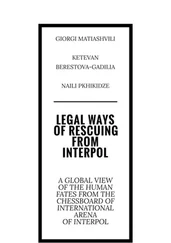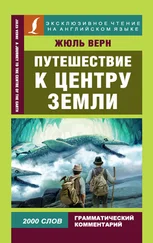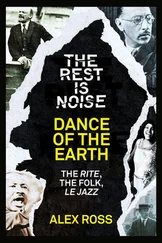Осторожно!
Oil, canvas, 50x40
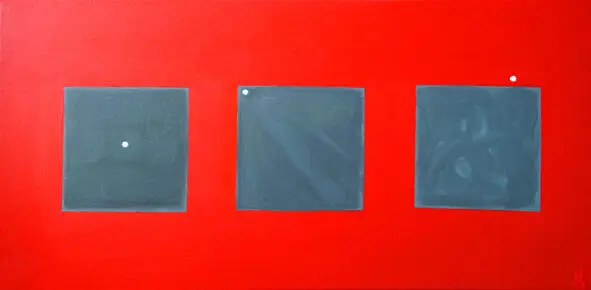
Ordinary – Talent – Genius
Обыватель – Талант – Гений
30x60cm, acryl, canvas
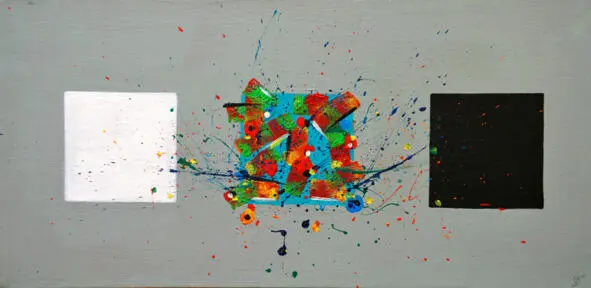
Optimist – Artist – Pessimist
Оптимист – Художник – Пессимист
60x30cm, acryl, canvas
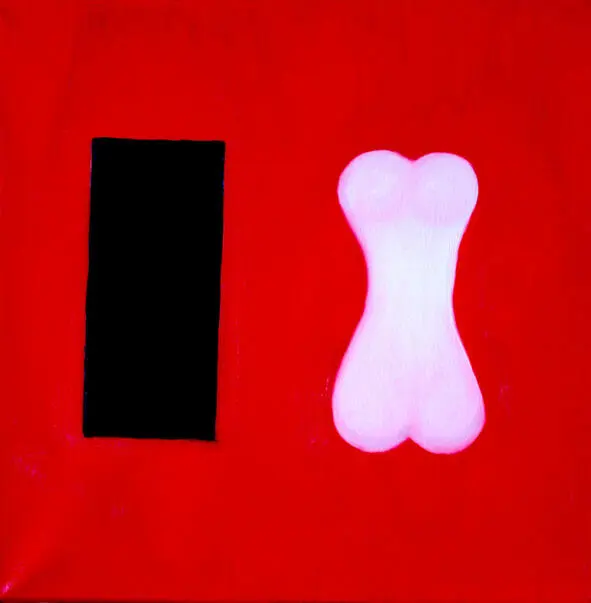
A man and a naked woman. Nude. +18
Мужчина и обнаженная женщина
40x40cm, oil, canvas
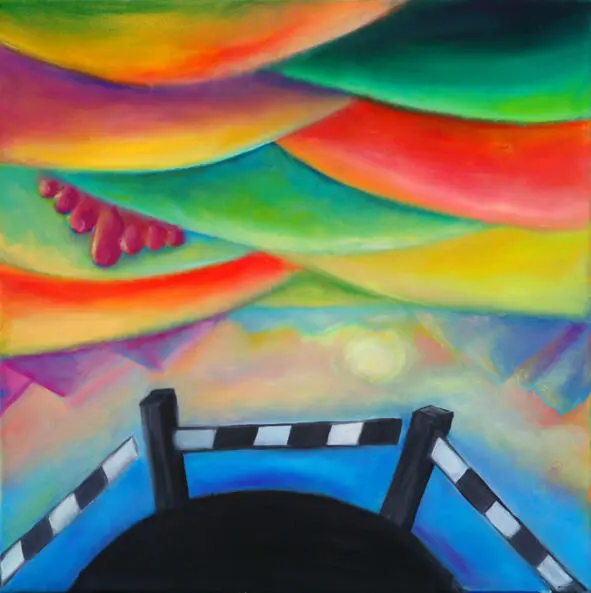
Range of vision
Кругозор
50x50cm, oil, canvas
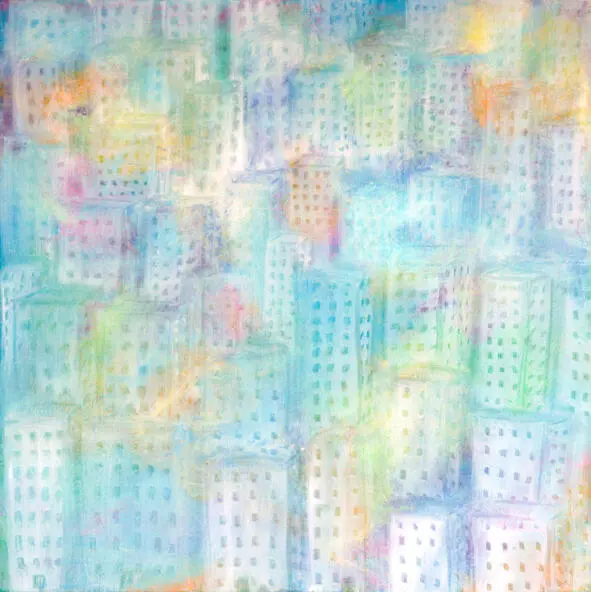
Artist’s window
Окно художника
Oil, canvas, 50x50
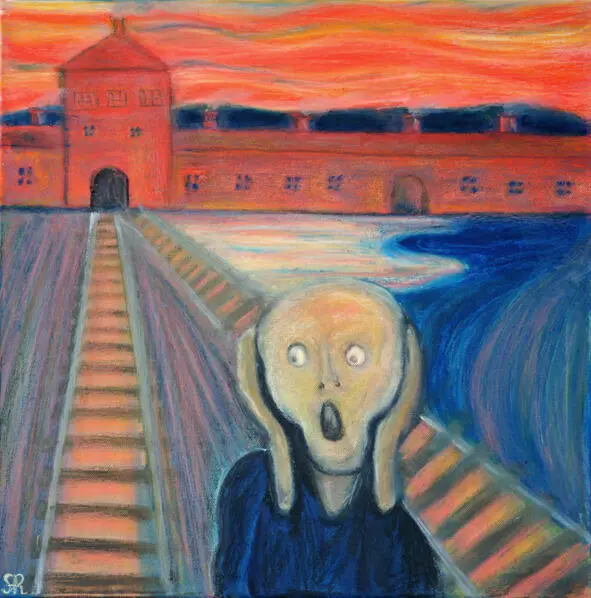
The premonition of Munch (Portrait of the XX century)
Предчувствие Эдварда Мунка (Портрет 20-го века)
Oil, pastel, canvas, 50x50
In the foreground of the picture is a figure from the painting of Edward Munch’s «Scream».
In the background is the entrance to the concentration camp of Auschwitz.
На переднем плане изображена фигура с картины Эдварда Мунка «Крик».
На заднем плане – ворота концлагеря Освенцим.
«The Scream (Norwegian: Skrik) is the popular name given to each of four versions of a composition, created as both paintings and pastels, by Norwegian Expressionist artist Edvard Munch between 1893 and 1910. The works show a figure with an agonized expression against a landscape with a tumultuous orange sky. Arthur Lubow has described The Scream as «an icon of modern art, a Mona Lisa for our time.»
Edvard Munch created the four versions in various media. The National Gallery in Oslo, Norway, holds one of two painted versions (1893). The Munch Museum holds the other painted version (1910) and a pastel version from 1893.
The fourth version (pastel, 1895) was sold for $119,922,600 at Sotheby’s Impressionist and Modern Art auction on 2 May 2012 to financier Leon Black, the fourth highest nominal price paid for a painting at auction.
Auschwitz concentration camp was a network of concentration and extermination camps built and operated by Nazi Germany in occupied Poland during World War II. It consisted of Auschwitz I (the original concentration camp), Auschwitz II—Birkenau (a combination concentration/extermination camp), Auschwitz III—Monowitz (a labor camp to staff an IG Farben factory), and 45 satellite camps.
Auschwitz II—Birkenau went on to become a major site of the Nazis’ Final Solution to the Jewish Question during the Holocaust. From early 1942 until late 1944, transport trains delivered Jews to the camp’s gas chambers from all over German-occupied Europe, where they were killed en masse with the cyanide-based poison Zyklon B, originally developed to be used as a pesticide. An estimated 1.3 million people were sent to the camp, of whom at least 1.1 million died. Around 90 percent of those were Jews; approximately one in six Jews killed in the Holocaust died at the camp. Others deported to Auschwitz included 150,000 Poles, 23,000 Romani and Sinti, 15,000 Soviet prisoners of war, 400 Jehovah’s Witnesses, and tens of thousands of others of diverse nationalities, including an unknown number of homosexuals. Many of those not killed in the gas chambers died of starvation, forced labor, infectious diseases, individual executions, and medical experiments.
Конец ознакомительного фрагмента.
Текст предоставлен ООО «ЛитРес».
Прочитайте эту книгу целиком, купив полную легальную версию на ЛитРес.
Безопасно оплатить книгу можно банковской картой Visa, MasterCard, Maestro, со счета мобильного телефона, с платежного терминала, в салоне МТС или Связной, через PayPal, WebMoney, Яндекс.Деньги, QIWI Кошелек, бонусными картами или другим удобным Вам способом.








![Мик Уолл - Когда титаны ступали по Земле - биография Led Zeppelin[When Giants Walked the Earth - A Biography of Led Zeppelin]](/books/79443/mik-uoll-kogda-titany-stupali-po-zemle-biografiya-thumb.webp)


